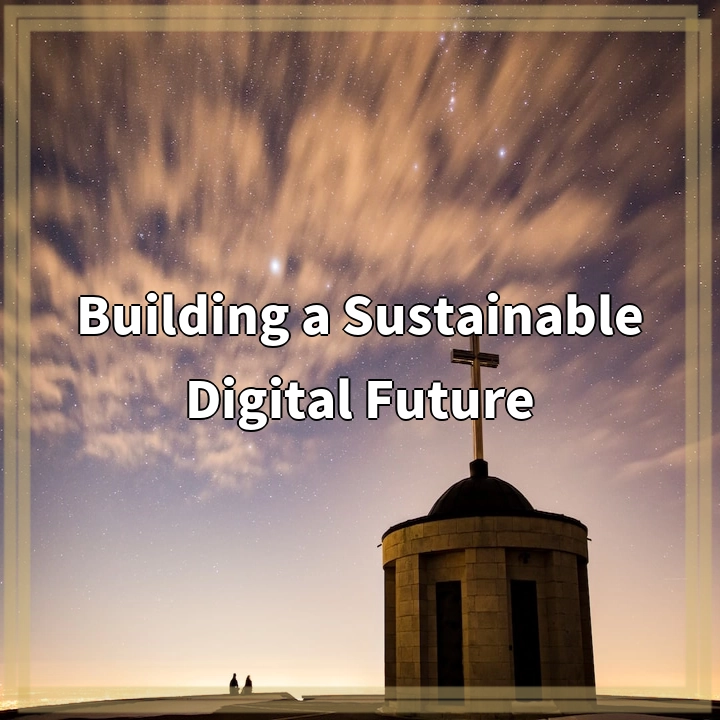
What is Building a Sustainable Digital Future?
Building a Sustainable Digital Future refers to the collective efforts aimed at creating and maintaining digital platforms, technologies, and systems that have minimal negative impacts on the environment and contribute to a more sustainable future. It encompasses a wide range of practices, strategies, and innovations that focus on reducing the carbon footprint, minimizing electronic waste, and promoting responsible resource consumption in the digital realm. As our world becomes increasingly interconnected and reliant on technology, addressing the environmental implications of our digital footprint is essential for a truly sustainable future.
Real-World Problems Associated with Building a Sustainable Digital Future
1. Energy Consumption and Carbon Emissions
One of the significant challenges in building a sustainable digital future is the enormous energy consumption and carbon emissions associated with digital technologies. Data centers, for example, require vast amounts of energy to power and cool servers, leading to substantial greenhouse gas emissions. Additionally, the production and disposal of electronic devices contribute to carbon emissions.
2. Electronic Waste
An increase in digital consumption leads to a higher turnover of electronic devices, resulting in a surge in electronic waste or e-waste. E-waste contains hazardous materials such as lead, mercury, and cadmium, which can contaminate soil, water, and air if not properly managed. Finding sustainable solutions for managing e-waste is crucial for building a sustainable digital future.
3. Raw Material Extraction
The production of digital devices requires the extraction of raw materials, including rare earth minerals, which often involves destructive mining practices with harmful environmental and social impacts. Sustainable digital platforms aim to address these concerns by promoting responsible sourcing and recycling of materials.
4. Digital Divide and Inclusion
Ensuring a sustainable digital future also involves addressing the digital divide, which refers to the disparity in access to digital technologies and the internet. Achieving digital inclusion for all individuals, regardless of their socioeconomic background, is crucial. Lack of access to digital resources can exacerbate social and economic inequalities and hinder progress towards a sustainable future.

Solutions for Building a Sustainable Digital Future
1. Renewable Energy Transition
One of the key solutions is transitioning to renewable energy sources to power data centers and digital infrastructure. Using solar, wind, or hydroelectric power can significantly reduce carbon emissions and minimize the environmental impact of digital technologies.
2. Energy Efficiency Measures
Implementing energy efficiency measures in data centers and digital devices can help reduce energy consumption. This can include optimizing hardware configurations, improving cooling systems, and adopting energy-efficient components.
3. Circular Economy Approach
Adopting a circular economy approach involves designing digital devices for longevity, repairability, and upgradability, as well as promoting recycling and responsible disposal. This can help reduce electronic waste and encourage the reuse of valuable resources.
4. Responsible Raw Material Sourcing
Promoting responsible sourcing of raw materials for digital devices is crucial. This involves ensuring ethical mining practices, reducing reliance on rare earth minerals, and exploring alternative, sustainable materials for device production.
5. Extended Producer Responsibility
Implementing extended producer responsibility programs can hold digital device manufacturers accountable for their products throughout their lifecycle. This includes taking responsibility for recycling and proper disposal to minimize the environmental impact of electronic waste.
6. Education and Digital Inclusion
Addressing the digital divide requires educating and empowering individuals to use digital technologies sustainably. Additionally, efforts should be made to bridge the gap in access to digital resources and promote digital inclusion for all.















